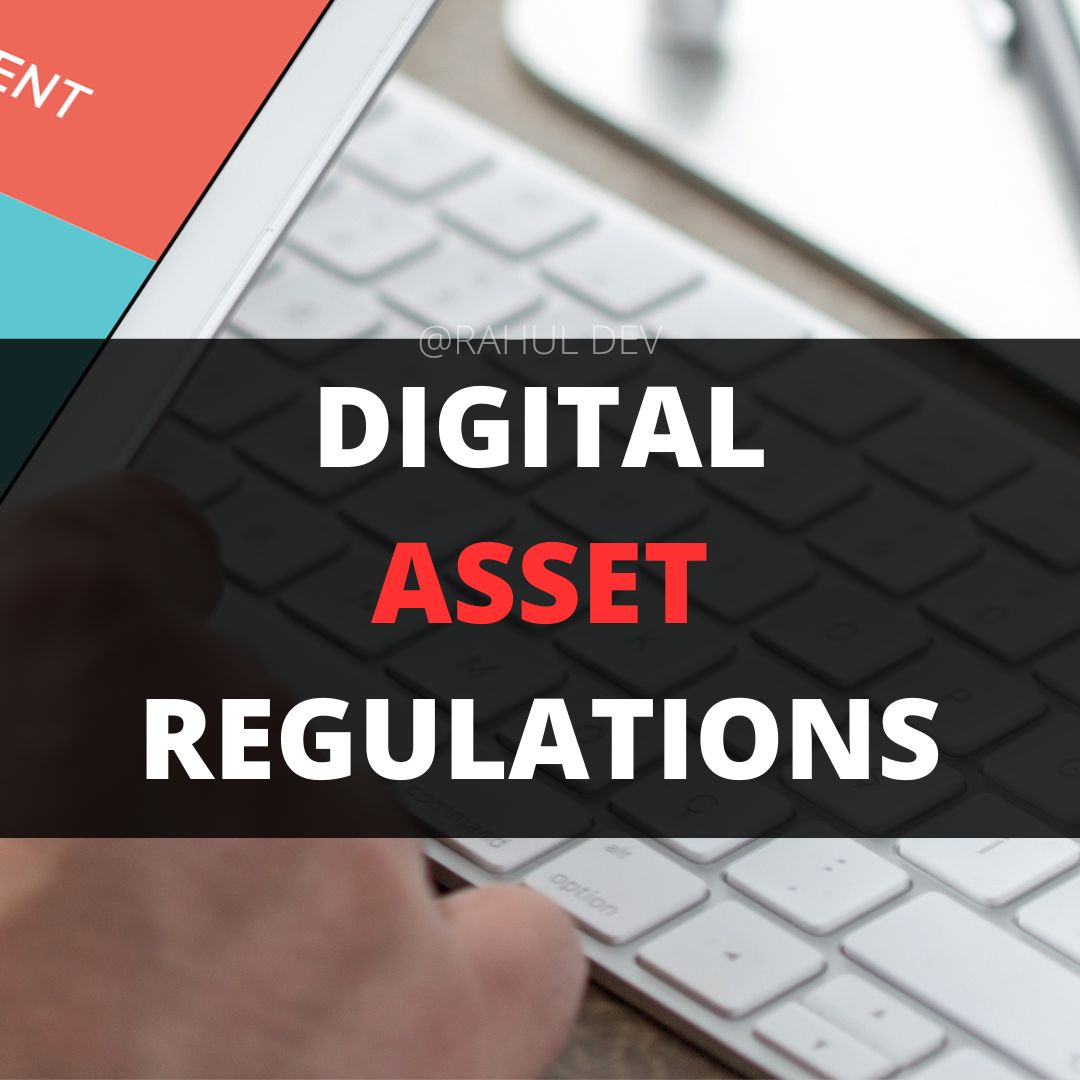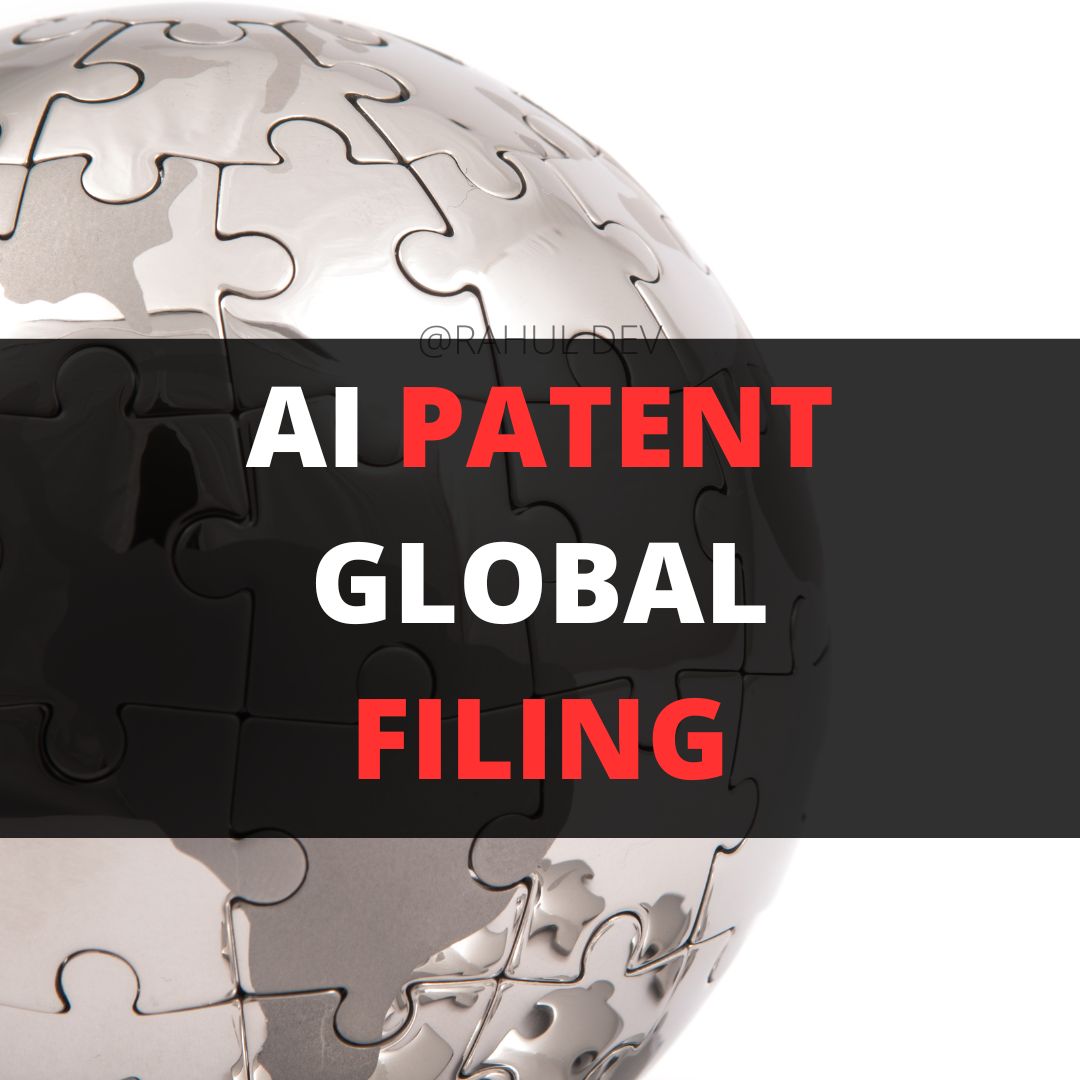Applicants
An Applicant is defined as per sections 5(1) and 2(j) of the Act. The Act lays down that an applicant is an individual who is the owner of any unique or original design and can apply for registration. An owner may be based in India or a Convention Country and can be a creator of the design, an individual who adopted the design, an individual for whom the design has been created, or an individual on whom the design has devolved.
While the earlier Design Rules did not differentiate between various types of applicants, the Design (Amendment) Rules 2014, declared two primary categories of applicants, a Natural Person and other than Natural Person. Another than a natural person is additionally split up between ‘Small Entities’ and ‘others except for Small Entities’. It was furthermore notified the three classifications would possess different fees.
Thus, the classifications of design applicants with different charges now encompass ‘natural person’, ‘small entity’, and ‘others except small entity’. The significance of who would qualify as a ‘Small Entity’ is established on clauses as per Micro, Small and Medium Enterprise Development Act, 2006 and Industries (Development and Regulation) Act, 1951.
A design application is filed under the Office of the Controller General of Patents, Designs, and Trade Marks (CGPDTM) at Kolkata, to the Department of Industrial Policy and Promotion (DIPP) in the Ministry of Commerce and Industry.
This department performs an examination and grants the registration if the request fulfills all legal and substantive prerequisites of the Designs Act, 2000. The applicant is given sufficient opportunity to modify their application, within permissible limits.
Substitution of Applicant or Joint Claiming
Wherein the applicant changes before the registration of the design application, the applicant’s name can be replaced by a single claim or a mutual claim. if the claim is given rise to before the design is registered then the right of the claimant must be created by an assignment, agreement, or by law.
The design must be specified in the assignment of the agreement by reference to the application for registration or the claimant’s rights must be ascertained by a Court.
The petition for substitution must be filed in Form-2 with the required fee. Once these requirements are fulfilled and the Controller may direct that the application shall proceed in the claimant’s name and the applicant or the additional joint applicants, as the case may be.
For joint applicants, the Controller does not authorize such instructions without the permission of the additional joint applicants. Where joint applicants die before the design is registered, a petition can be given rise to for substitution by the survivors and the Controller may instruct that the application can continue.
However, no such recommendations are issued without the approval of their legal representative.
Fee Schedule
The Fee structure for a Design application is cited under Rule 5 of the Design Rules, 2001. In this rule, the fee to be paid for any course as stipulated in the First Schedule of The Design Rules, 2001.
The fee expected in the rules may either be paid in cash, electronically, through bank drafts, or cheque payable to the Controller of Designs and drawn on a scheduled bank situated in the filing location.
Where the fee is payable with a document, the whole fee must be included in the document. A fee previously paid for any proceedings shall not be paid back regardless of whether the proceeding took place or not.
With the announcement of various classifications of applicants, the fee for every category has also been stipulated in the Design (Amendment) Rules 2014. The previous fee schedule has been maintained for a ‘Natural Person’.
However, the fee for ‘Small Entity’ has been increased to twice the fee for a ‘Natural Person’ and the fee for other than small entity has been increased to four times of the same. With this modification in fee for a small entity and other than a small entity, the drafting, filing, and trial of a design application in India stay reasonable as opposed to other countries and jurisdictions.
Additionally, where there are joint applicants of various classifications, it has been explained that the highest fee classification of the applicant among the joint applicants will be sufficient.
Differential Fee on change in classification of Applicant –
The amended rules similarly specify the prerequisites for payment of discrepancy in fees in a situation where the application processed by a natural person is substituted to other than a natural person or from a small entity to other than a small entity.
Small Entity Claim for Foreign Applicants
The Design (Amendment) Rules 2014 has strived to add more transparency to a complicated area in the Patents (Amendment) Rules, 2014, for documentary information and evidence expected by a foreign applicant to qualify as a small entity and get lower fees.
Form 24 of the Design Act, 2000 which is to be provided for claiming the level of a Small Entity, must be delivered with each document for which a fee has been stipulated, as per the current proviso under Rule 6.
Also, according to Form 24, details of the document to be provided by a foreign applicant involve an affidavit by the applicant or approved signatory in consonance to Rule 42 of the Designs Rules, 2001.
Conclusion
Design registration offers a distinct path for preserving and maintaining IP. It must be understood comprehensively as it has the potential of increasing competitive advantages in the commoditized market climate that most companies and businesses are operating in.
In India, the registration method is reasonably short and less costly, and the privileges received are equally beneficial as the different types of IP rights.
Owners of original designs are seizing these opportunities and the government is acknowledging their necessities by boosting the systems and processes for better transparency, predictability, and efficiency.







